Breadcrumb
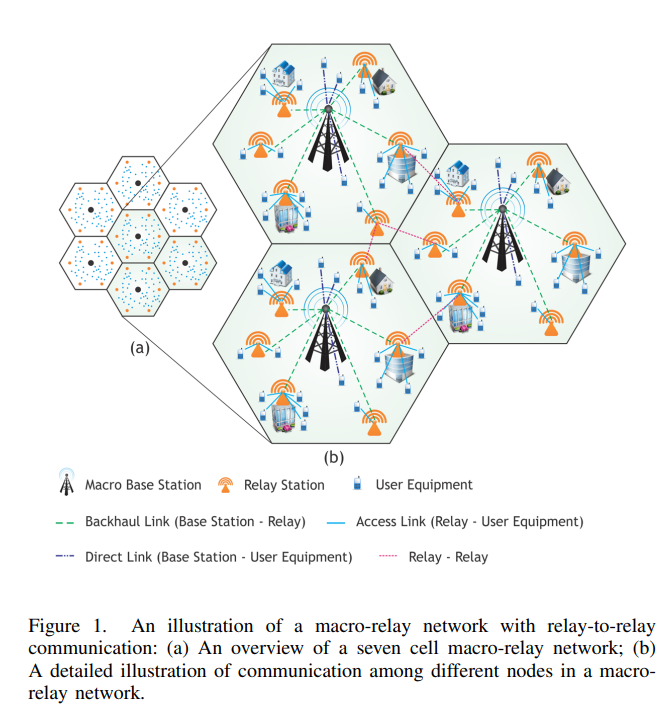
Towards energy efficient relay placement and load balancing in future wireless networks
This paper presents an energy efficient relay deployment algorithm that determines the optimal location and number of relays for future wireless networks, including Long Term Evolution (LTE)-Advanced heterogeneous networks. We formulate an energy minimization problem for macro-relay heterogeneous networks as a Mixed Integer Linear Programming (MILP) problem. The proposed algorithm not only optimally connects users to either relays or eNodeBs (eNBs), but also allows eNBs to switch into inactive mode. This is possible by enabling relay-to-relay communication which forms the basis for relays to
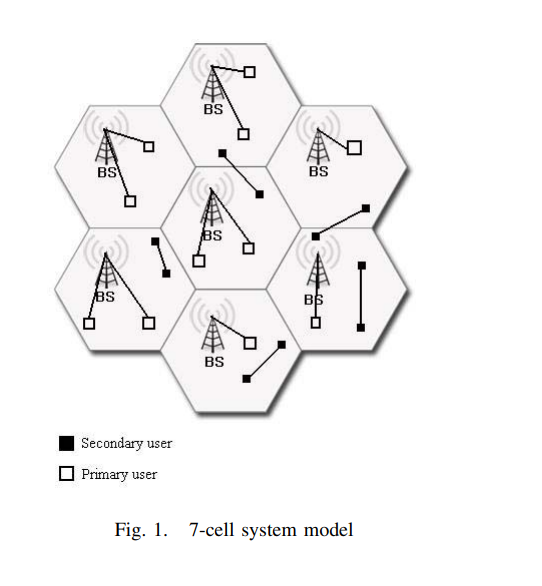
Distributed admission and power control for cognitive radios in spectrum underlay networks
In this paper we investigate admission control and power allocation for cognitive radios in an underlay network. We consider the problem of maximizing the number of supported secondary links under their minimum QoS requirements without violating the maximum tolerable interference on primary receivers in a cellular network. An optimal solution to our problem is shown in previous works to be NP-hard. We propose an efficient distributed algorithm with reasonable complexity that provides results close to the optimum solution without requiring neither a large amount of signaling nor a wide range of

A degrees of freedom-optimal scheme for SISO X channel with synergistic alternating CSIT
In this paper, the degrees of freedom (DoF) of the two-user single input single output (SISO) X channel are investigated. Three cases are considered for the availability of channel state information at the transmitters (CSIT); perfect, delayed, and no-CSIT. A new achievable scheme is proposed to elucidate the potency of interference creation-resurrection (IRC) when the available CSIT alternates between these three cases. For some patterns of alternating CSIT, the proposed scheme achieves 4/3 DoF, and hence, coincides with the information theoretic upper bound on the DoF of the X channel with

LTE dynamic scheduling scheme for massive M2M and H2H communication
Machine-to-Machine (M2M) has become a generally used term owing to the concept of the Internet of Things (IOT). M2M communications have numerous areas of implementation such as medicine, transportation, environmental monitoring, and smart grids. As the field of its implementation extends, the number of M2M equipment are projected to grow proportionally in the upcoming few years. Current cellular network technologies will not be able to cope with the expected increase in the number of M2M services while considering QoS as a major topic. Many applications of M2M are delay sensitive that will
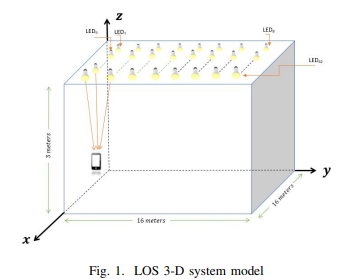
Visible Light Communications Localization Error Enhancement using Parameter Relaxation
In this paper, we propose applying a parameter relaxation technique to the location estimation algorithm that is based on the Received Signal Strength (RSS) of Visible Light Communications (VLC). A hybrid system of localization balancing is introduced, where the localization algorithm is developed with and without this efficient parameter relaxation. The results show that applying the parameter relaxation reduces the localization Root Mean Square (RMS) error by 43% of that without relaxation; and the processing time is reduced by 18% of that without relaxation. Moreover, the parameter

Alternate versus simultaneous relaying in MIMO cellular relay networks: A degrees of freedom study
In this paper, a two-hop cellular relay network consisting of two source-destination pairs equipped with M antennas is considered where each source is assisted by two decode-and-forward relays operating in half-duplex mode and the relays are equipped with N antennas. The DoF of the system is investigated for both simultaneous and alternate relaying configurations. For each relay configuration, an outer bound on the degrees of freedom (DoF) is developed. A new achievable scheme is proposed that meets the upper bound on the maximum DoF for all values of M andN except for M

An achievable rate region for a primary network shared by a secondary link
We consider a multiple access primary network with N transmitters. A secondary link of one transmitter and a corresponding receiver causes interference to the primary network. An achievable rate region for the primary network and the secondary link is obtained given the following mode of operation. The secondary transmitter employs rate-splitting so that the primary receiver can decode part of the secondary's signal and cancel it. The secondary receiver, on the other hand, treats primary interference as noise. Given a Gaussian channel model, we investigate the effect of rate-splitting on the
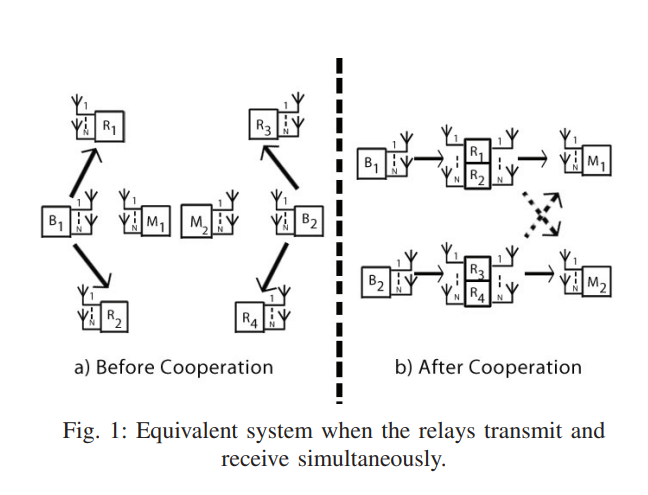
Alternate relaying and the degrees of freedom of one-way cellular relay networks
In this paper, a cellular relaying network consisting of two source-destination pairs, and four decode-and-forward relays operating in half-duplex mode is considered. Each source is assisted by two relays and all nodes are equipped with N antennas. In order to compensate for the loss of capacity by a factor of half due to the half-duplex mode, an alternate transmission protocol among the two relays is proposed. An outer bound on the degrees of freedom (DoF) of this system is developed. A constructive proof of achievability based on two different schemes is provided. Aligning the inter-relay
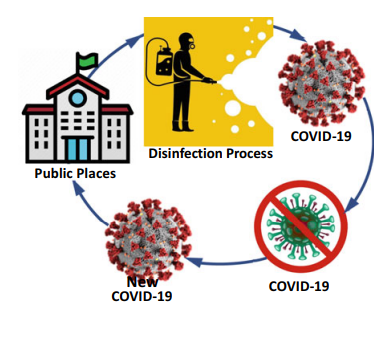
Optimum Scheduling of the Disinfection Process for COVID-19 in Public Places with a Case Study from Egypt, a Novel Discrete Binary Gaining-Sharing Knowledge-Based Metaheuristic Algorithm
The aim of this paper is to introduce an improved strategy for controlling COVID-19 and other pandemic episodes as an environmental disinfection culture for public places. The scheduling aims at achieving the best utilization of the available working day-time hours, which is calculated as the total consumed disinfection times minus the total loosed transportation times. The proposed problem in network optimization identifies a disinfection group who is likely to select a route to reach a subset of predetermined public places to be regularly disinfected with the most utilization of the
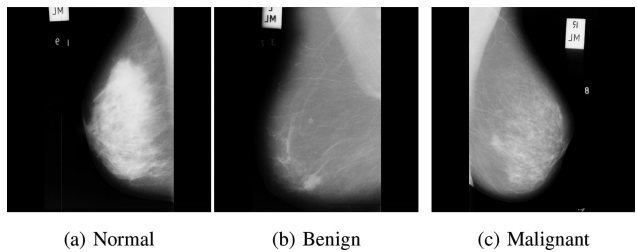
Early breast cancer diagnostics based on hierarchical machine learning classification for mammography images
Breast cancer constitutes a significant threat to women’s health and is considered the second leading cause of their death. Breast cancer is a result of abnormal behavior in the functionality of the normal breast cells. Therefore, breast cells tend to grow uncontrollably, forming a tumor that can be felt like a breast lump. Early diagnosis of breast cancer is proved to reduce the risks of death by providing a better chance of identifying a suitable treatment. Machine learning and artificial intelligence play a key role in healthcare systems by assisting physicians in diagnosing early, better
Pagination
- Previous page ‹‹
- Page 9
- Next page ››

